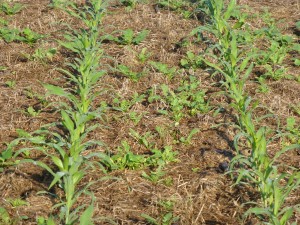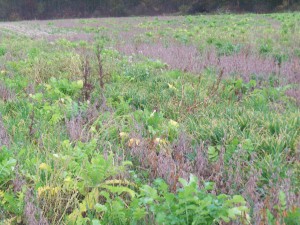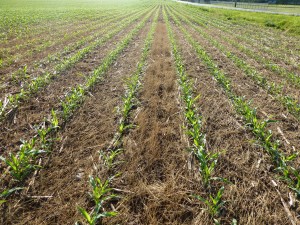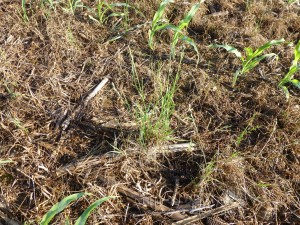University of Illinois Extension weed scientist Aaron Hager has published a couple of newsletter articles on the topic of herbicide carryover. He will be publishing additional results in the future.
Be Aware of the Potential for Herbicide Carryover
and
Considerations for Fall-Seeded Small Grains
Thanks to Fred Iutzi, Manager, Value-Added Sustainable Development Center, Illinois Institute for Rural Affairs @ Western Illinois University for passing this information along.
Also see an excellent article starting on page 97 entitled Herbicide carryover concerns—Challenges from the drought will keep on coming written by Vince M. Davis, Department of Agronomy, UW-Madison/Extension. Thanks to Rodney Hunt for making me aware of this article (and publication).



